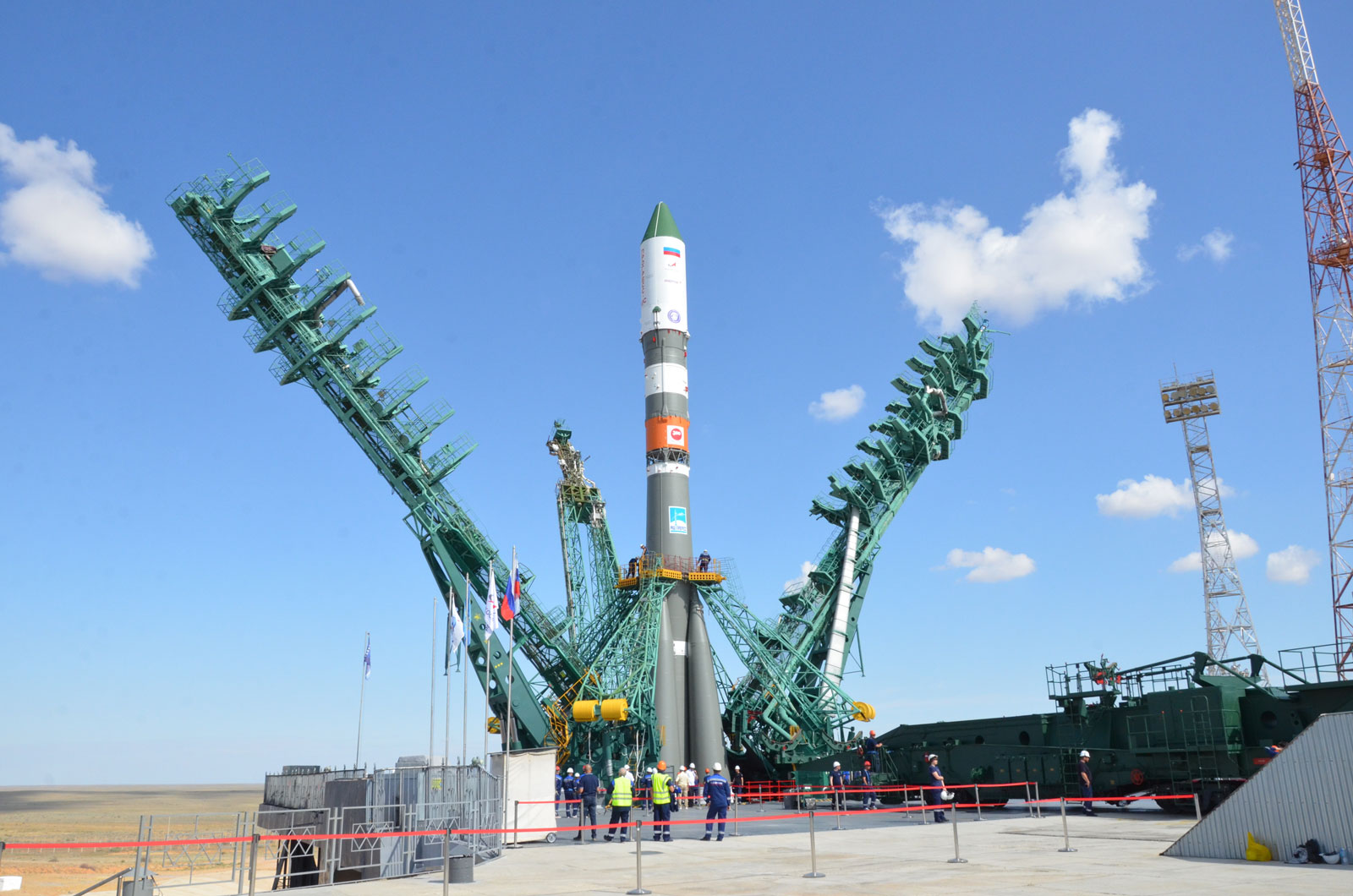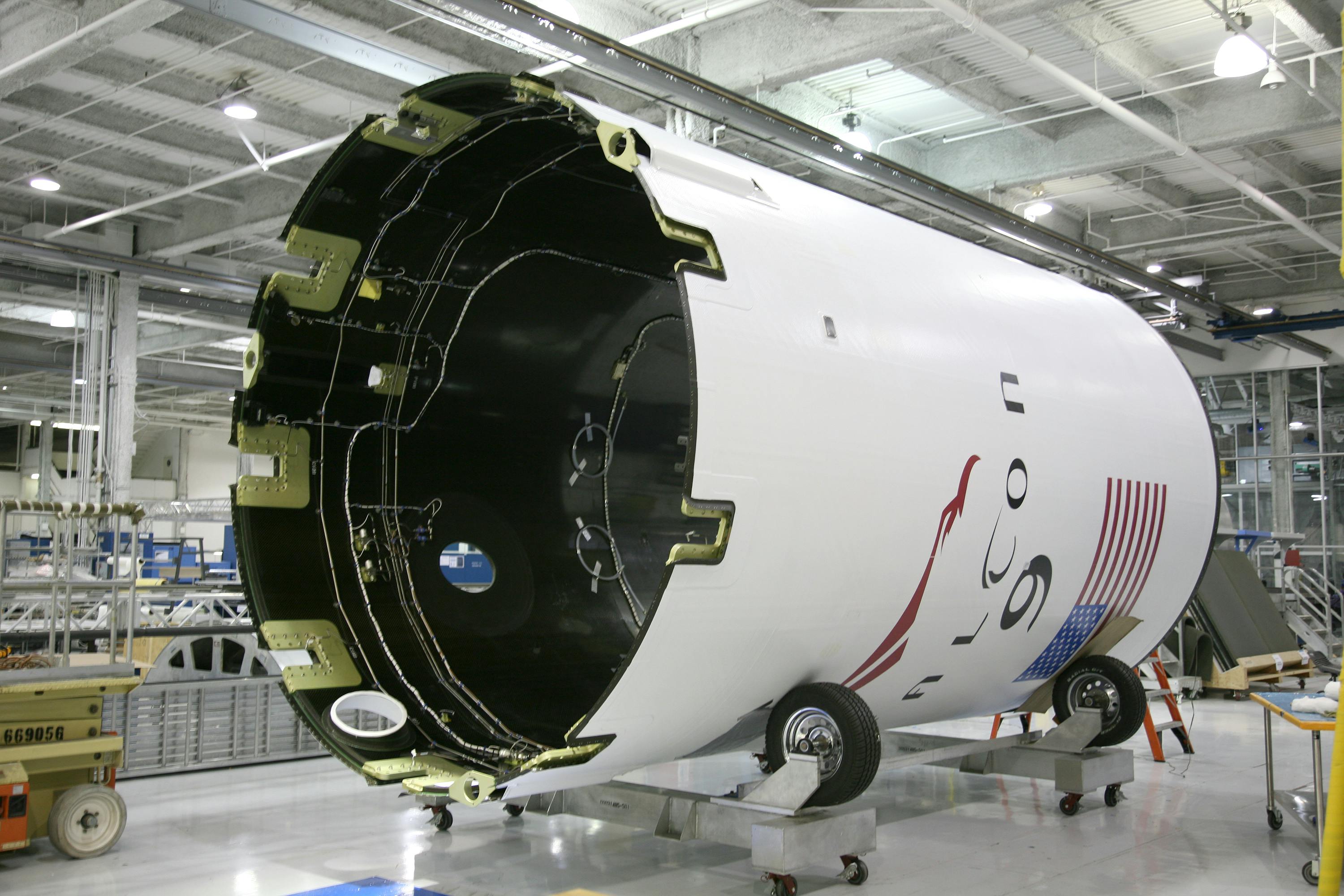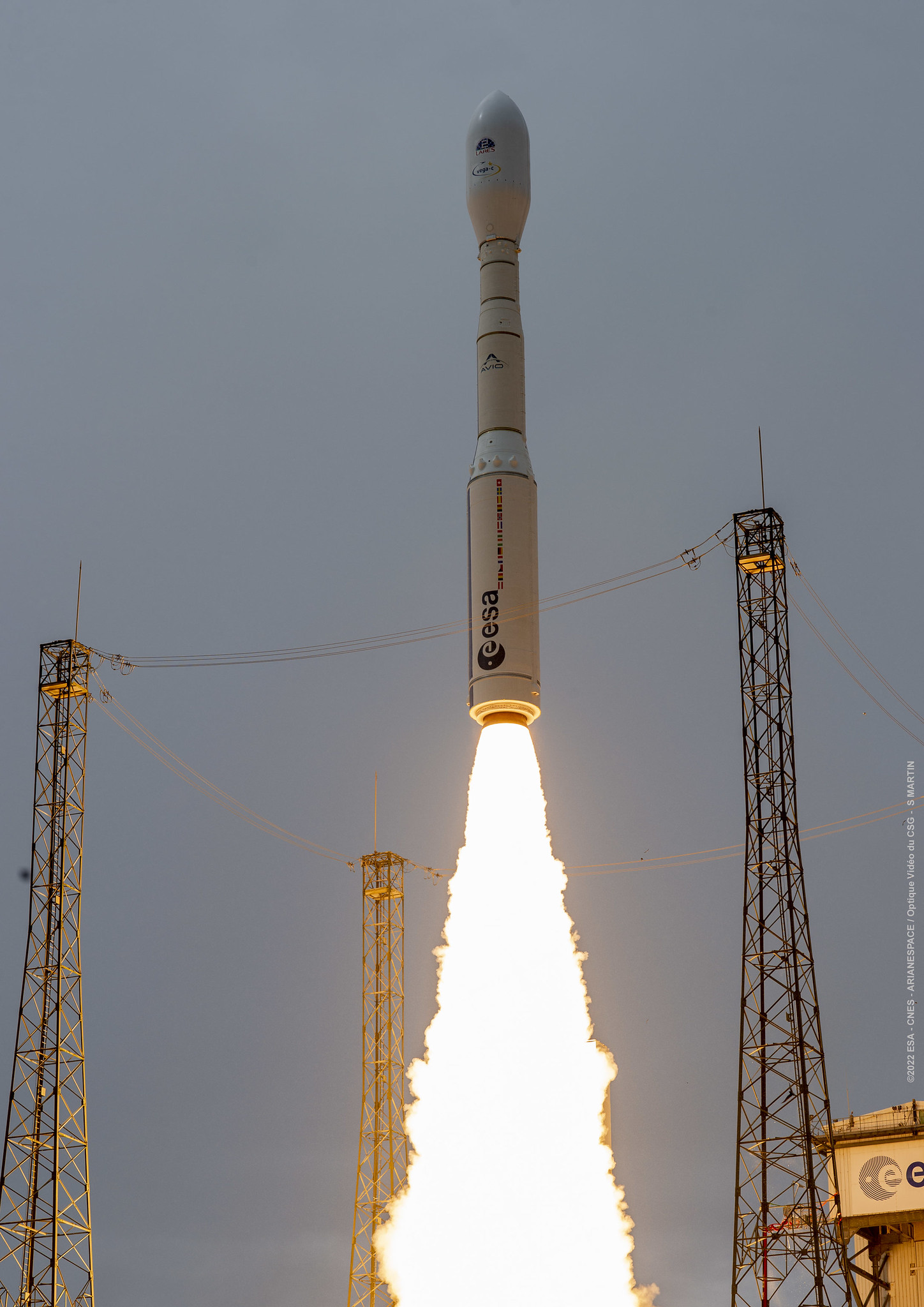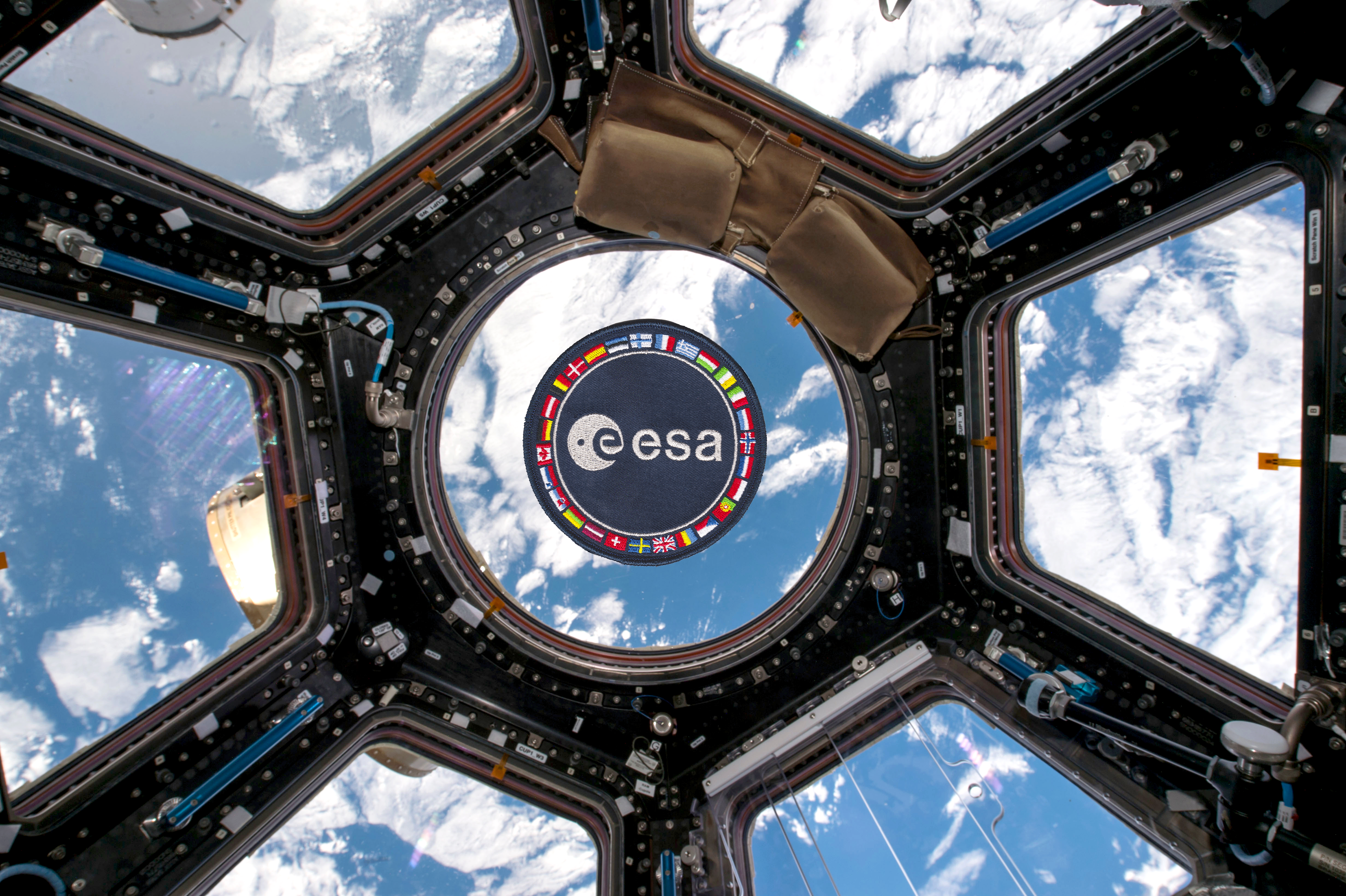· space brief · 6 min read
Space Brief 12 Jun 2025
Today's Space Brief covers major developments including the public debut of Voyager Technologies, advancements in defense by Sierra Space, and Pentagon's mega-constellation challenges. Also featured are new software selections by the Space Force and legislative actions on acquisition pilots.

📄Top Stories
Highlights from today’s space events include Voyager Technologies’ expansion into defense markets following their public debut, Sierra Space’s strategic push in the defense sector, and the ongoing challenges faced by the Pentagon’s satellite constellations due to supply chain issues. Additionally, new software solutions for streamlining satellite launches are underway, alongside legislative efforts to enhance Space Force acquisitions.
📰Detailed Coverage
Voyager Expands in Defense Market Post-Public Debut
Voyager Technologies experienced a remarkable entry into the public market on June 11, with plans to channel the raised capital into defense and space sectors. This strategic move is projected to enhance their role in developing critical space technologies and infrastructures, including projects like Starlab, a commercial space station.
In more technical detail, Voyager’s public offering aims to bolster its capabilities in defense-related space projects, positioning the company as a pivotal player amidst increasing governmental and commercial demand for space technology. This expansion aligns with efforts to track and manage satellite constellations, a feature our web app supports with real-time satellite tracking capabilities.
Read the full story: SpaceNews
Sierra Space Strengthens Defense Capabilities
Sierra Space announced the official launch of its defense arm, signaling a dedicated focus on serving defense markets with advanced space technologies. This expansion is set to involve the creation of specialized manufacturing facilities aimed at enhancing their delivery of critical defense solutions.
The move comes as part of a larger trend of commercial space companies pivoting towards defense applications, which often require robust satellite networks. Such developments emphasize the growing intersection of commercial innovation and military needs, highlighting the importance of satellite tracking and deployment supported by platforms like ours.
Read the full story: SpaceNews
Pentagon’s Mega-Constellation Faces Logistical Hurdles
The Pentagon’s ambitious mega-constellation project continues to be plagued by supply chain issues, as detailed in a GAO report. This large-scale satellite array, integral to enhancing military communication, is facing significant delays due to procurement challenges.
Such setbacks in space-based infrastructure development reveal the complex interplay between technological aspirations and real-world logistical constraints. The difficulties underscore the need for coordinated efforts in satellite deployment and tracking, areas where precise monitoring apps can offer significant improvements.
Read the full story: SpaceNews
Space Force Adopts ‘Integrate’ Software for Launch Streamlining
Seattle-based startup Integrate has secured a significant contract with the U.S. Space Force to enhance the efficiency of satellite launches. This five-year agreement aims to utilize revolutionary software designed to synchronize various launch components, thus reducing time and costs.
The software’s integration within military satellite operations marks a significant leap forward in addressing operational inefficiencies, particularly in managing complex satellite infrastructures. Users interested in real-time launch updates and satellite tracking can leverage our app to stay informed about these advancements.
Read the full story: SpaceNews
House Pushes for Space Force Acquisition Reforms
House appropriators are advocating for a new acquisition pilot to streamline processes within the Space Force. The initiative addresses concerns over insufficient tenure of program officers, crucial for effective acquisition oversight.
This legislative push aims to ensure that military space projects benefit from experienced management, ultimately enhancing program execution. These reforms could significantly impact how military satellites are developed and acquired, improving timeliness and efficiency in meeting national defense objectives.
Read the full story: Breaking Defense
🛰️Satellite Spotlight
- Satellite Name: COSMOS 860
- NORAD ID: 09486
- Launch Date: October 17, 1976
- Mission: This satellite was designed for ocean surveillance using active radar technology.
- Orbit: Low Earth Orbit (LEO)
- Operator: VMF
- Fun Fact: COSMOS 860 operates using a BES-5 nuclear reactor, showcasing early advancements in satellite power systems.
Track this satellite in real-time on our web app: Track COSMOS 860
🌌Space Weather
Space weather conditions are currently quiet.
R0 - S0 - G0
Next 24 Hours: For satellite owner/operators, the absence of radio blackouts means reliable communication with your satellites is preserved, facilitating operational efficiency. Ground-based radars and telescopes will also benefit with minimal interference, ensuring optimal observation conditions. Satellite communication users are in a good position as there are no risks of solar radiation storms, contributing to stable communications. However, with moderate geomagnetic activity, there may be slight drag impacts on Low Earth Orbit (LEO) satellites, which operators should monitor.
Beyond: Looking ahead from June 9 to July 5, 2025, satellite owner/operators should prepare for potential R1-R2 (Minor-Moderate) radio blackouts, especially due to multiple active regions on the Sun’s disk and upcoming solar activities. The good news is that no proton events are anticipated at geosynchronous orbit, which limits risks to satellite systems. The forecast indicates elevated levels of greater than 2 MeV electron flux, peaking during mid-June and late June, likely affecting satellite operations. The geomagnetic activity is projected to experience some fluctuations with G1 (Minor) to G2 (Moderate) storms expected due to coronal hole high-speed stream influences, particularly on key dates in June. While LEO satellites might face increased drag during these storms, communication and operational capacities are expected to remain stable during quieter periods.
Upcoming Space Launches
June 13
- SpaceX Falcon 9 Block 5:
- Starlink Group 15-6 from Vandenberg Space Force Base, CA, USA (01:46 UTC) A batch of satellites for the Starlink mega-constellation - SpaceX’s project for space-based Internet communication system.
- SpaceX Falcon 9 Block 5:
- Axiom Space Mission 4 from Kennedy Space Center, FL, USA (11:12 UTC) This is a Crew Dragon flight for Axiom Space, carrying a commander and three private astronauts to the International Space Station for an eight-day stay.
- SpaceX Falcon 9 Block 5:
- Starlink Group 12-26 from Cape Canaveral Space Force Station, FL, USA (11:45 UTC) A batch of satellites for the Starlink mega-constellation - SpaceX’s project for space-based Internet communication system.
June 14
- China Aerospace Science and Technology Corporation Long March 2D:
- Unknown Payload from Jiuquan Satellite Launch Center, People’s Republic of China (07:48 UTC) Details TBD.
June 16
- United Launch Alliance Atlas V 551:
- Project Kuiper (KA-02) from Cape Canaveral Space Force Station, FL, USA (17:25 UTC) Project Kuiper aims to provide broadband internet through a mega constellation of 3,276 satellites managed by Amazon subsidiary Kuiper Systems LLC.
June 17
- SpaceX Falcon 9 Block 5:
- Starlink Group 15-9 from Vandenberg Space Force Base, CA, USA (00:51 UTC) A batch of satellites for the Starlink mega-constellation - SpaceX’s project for space-based Internet communication system.
June 19
- Russian Space Forces Angara A5/Briz-M:
- Kosmos (Unknown Payload) from Plesetsk Cosmodrome, Russian Federation (03:00 UTC) Unidentified payload for the Russian military.
June 20
- China Aerospace Science and Technology Corporation Long March 3B/E:
- Unknown Payload from Xichang Satellite Launch Center, People’s Republic of China (12:27 UTC) Details TBD.
June 21
- SpaceX Falcon 9 Block 5:
- Transporter 14 (Dedicated SSO Rideshare) from Vandenberg Space Force Base, CA, USA (00:00 UTC) Dedicated rideshare flight to a sun-synchronous orbit with dozens of small microsatellites and nanosatellites for commercial and government customers.
Note: Launch dates and times are subject to change due to technical or weather considerations.

Maurice Stellarski





